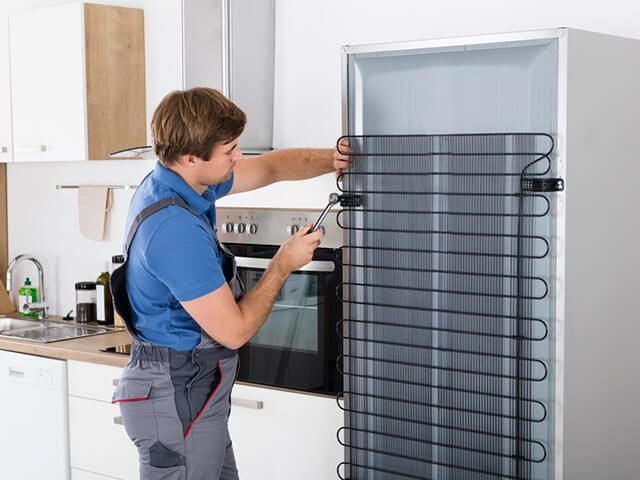Your go-to professional Viking Freezer Repairs

There are several appliances that you could consider to be essential in your household, and the freezer is one of them. You use it to keep your foods frozen to prevent them from spoiling. If your unit stops cooling, the products you stored will begin to thaw, and if left unattended, could result in wasting your food. That is where Viking Appliance Repair Pros come in. We have expert technicians to service all types and models of Viking freezers. Our expert will arrive at your home, fully-equipped, and ready to do the necessary service for your faulty unit. Contact us and get a technician right over as soon as possible.
When you choose us for your Viking freezer repairs, you know that you can expect a reliable and certified service. We understand that it is a race against time when you encounter a problem in your freezer. That is why we offer a fast and responsive service for your freezers. We will not allow any food wasted from a broken freezer unit. Rest assured that you receive quality results at a rather affordable price. You can trust our repair technicians to deliver quality services for all your repair needs.
Our technicians are available to service your needs 7-days a week, including weekends and holidays. You can always count on us to give the necessary solutions to your problems. Our technicians are fully-equipped, experienced, and well-trained to handle any issue you have with your freezer. We made sure that all of our repair technicians are background-checked, drug-tested, licensed, insured, and bonded to provide your Viking freezer repair needs.
When Viking Wine Cooler Stops Working
Call us old-fashioned, but we believe in approaching every customer with the best and right services. Our technicians will be friendly, polite, and respectful towards you and your home. Customer service is our primary focus. We always go the extra mile to ensure that our service is reliable and efficient every time.
Contact our team of experts when you need professional Viking freezer services. We will send out a professional to come out and solve the problem. We load our service vehicle with a variety of components and modern tools for quick and thorough service. Upon arrival, our technicians will immediately troubleshoot the problem and give you long-lasting solutions for the issue. Don’t wait until your food products spoil and contact Viking Appliance Repair Pros today. Schedule a service today and get your unit fixed pronto. We also provide Viking oven repairs on all our locations.
Services from Viking Appliance Repair are trusted, reliable and professional.

